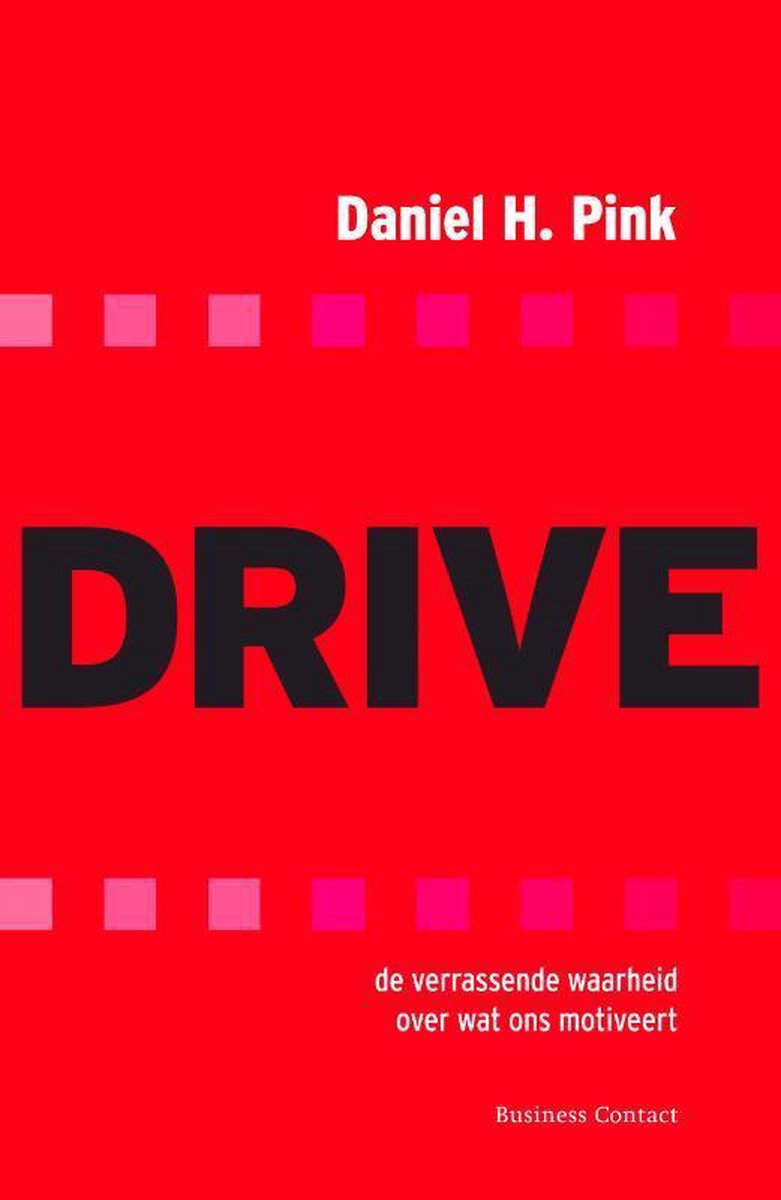

But nature clearly wasn’t at work here – solving a puzzle isn’t part of the eat-drink-procreate equation.

Until then, there had only been two possible explanations for such behavior: nature and external incentives. To the researcher, this came as a big surprise. What’s more, they seemed to actually be enjoying themselves! They recognized how the puzzle worked, and they solved it. Surprisingly, the monkeys still gave it a go. After all, the experiment was set up so that the primates wouldn’t receive any reward – neither food nor praise – for solving the puzzle.

Harlow expected that the monkeys wouldn’t concern themselves with it. Their assignment was to pull out a pin and lift a hinge – not exactly what you’d call an easy task for a monkey. In 1949, a professor of psychology called Harry Harlow gave eight Rhesus monkeys a mechanical puzzle. Extrinsic motivation, or reward-driven behavior, still reigns supreme.īut why is this? Do we just not enjoy what we’re doing, or is there something more to it? This is the question we’ll be aiming to answer here.īut before we dive in: If you're into topics about mischievous, power, crime, and money I turn books into video essays on these topics, and I'll be releasing more summaries on this subreddit if everyone likes them. There’s not enough passion or inherent satisfaction driving workers in their jobs. There isn’t an outside source influencing anything through material rewards or punishments.īut while intrinsic motivation sounds – and is – wonderful, in many organizations it’s simply not the reality. Maybe they simply enjoy what they do or find it personally rewarding. It’s the idea that people engage in an activity not because someone forces them to, but because they actually want to. You might have heard the term intrinsic motivation before.


 0 kommentar(er)
0 kommentar(er)
